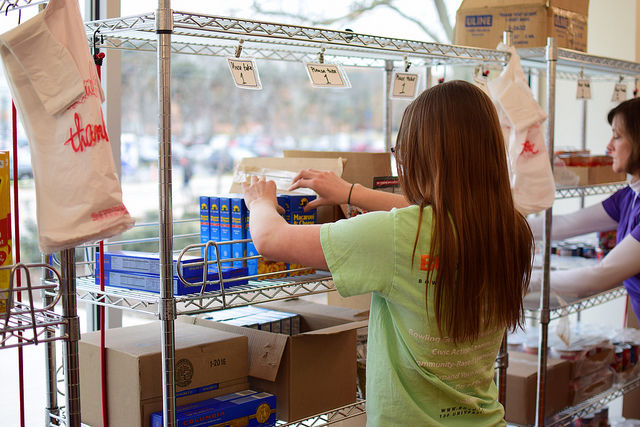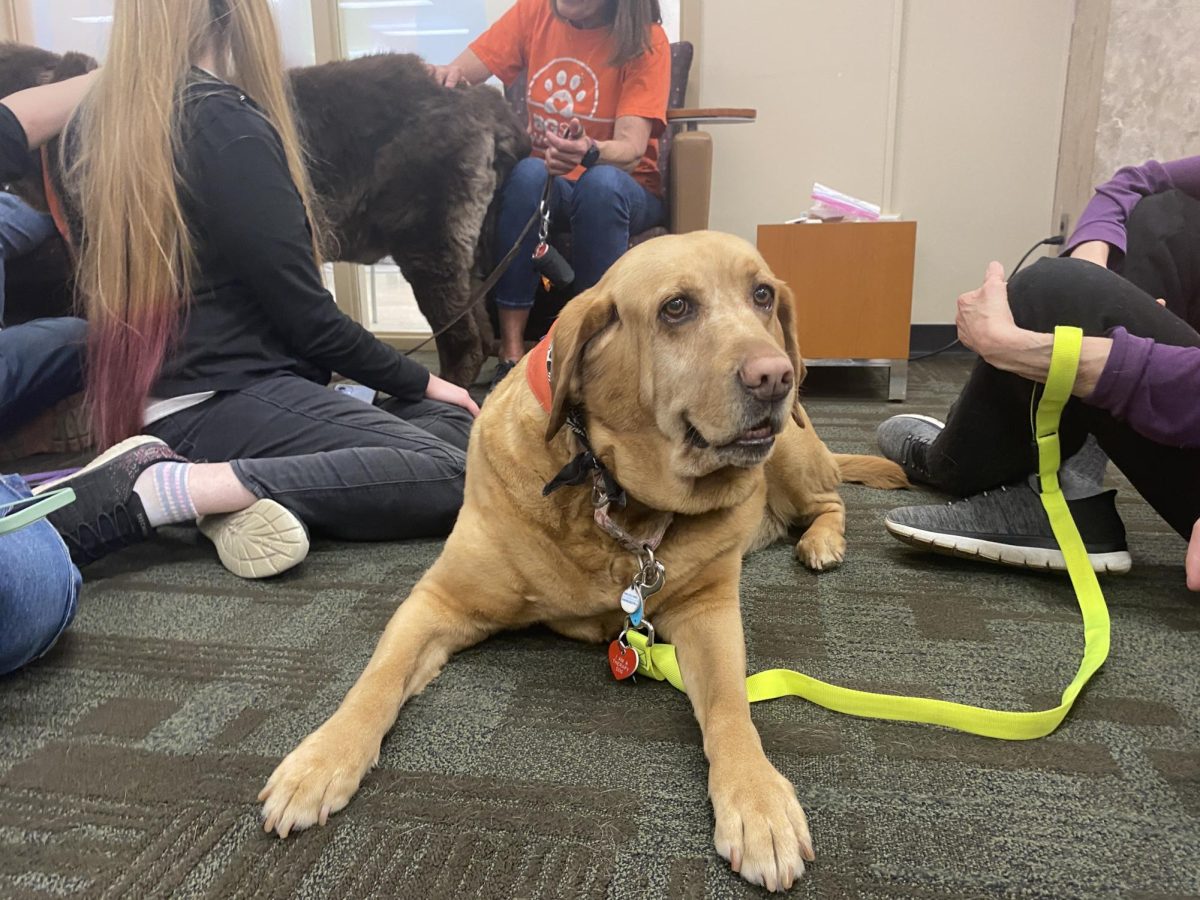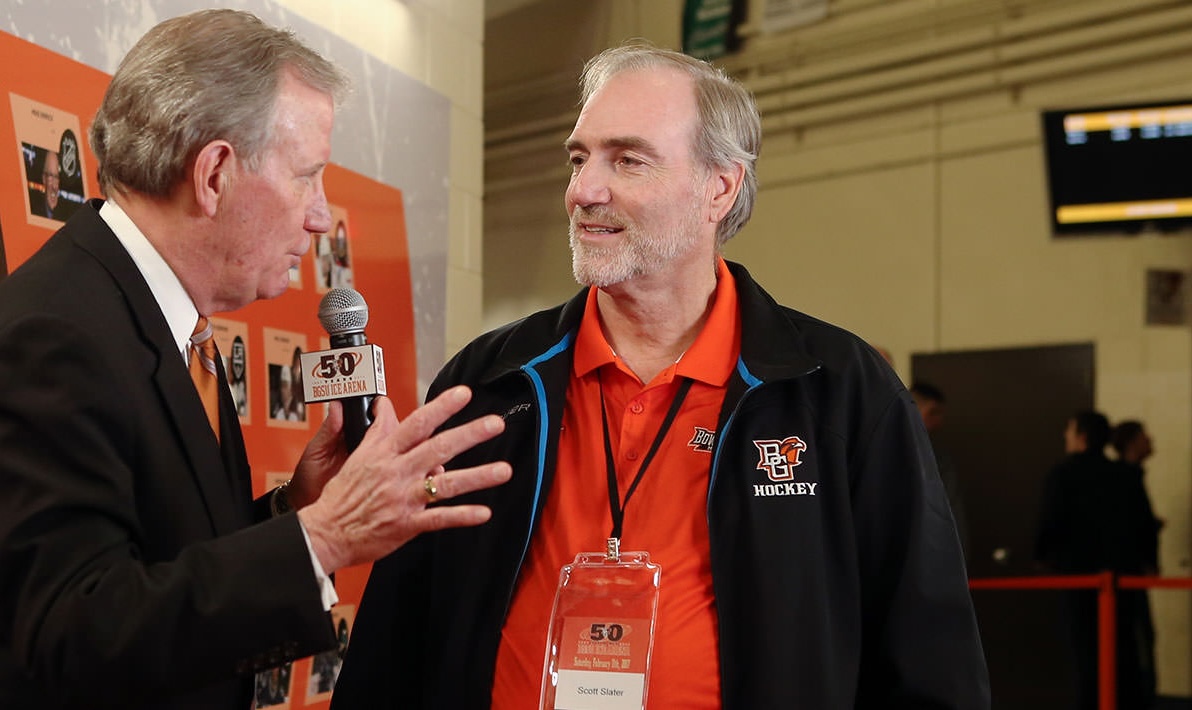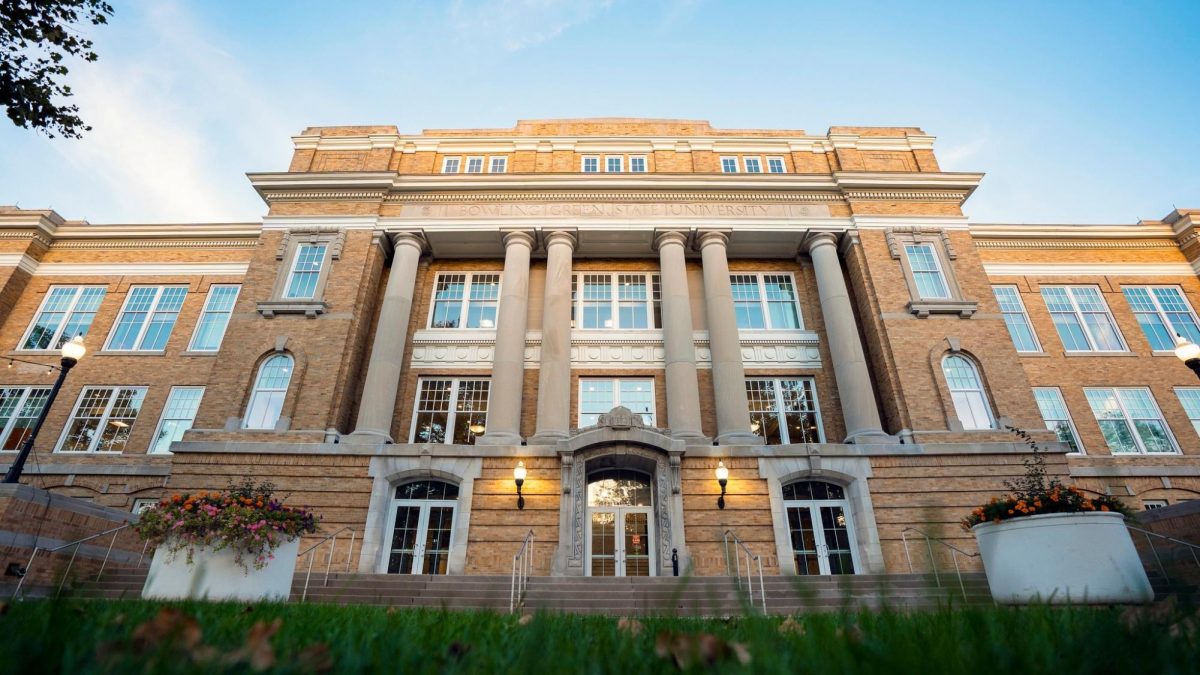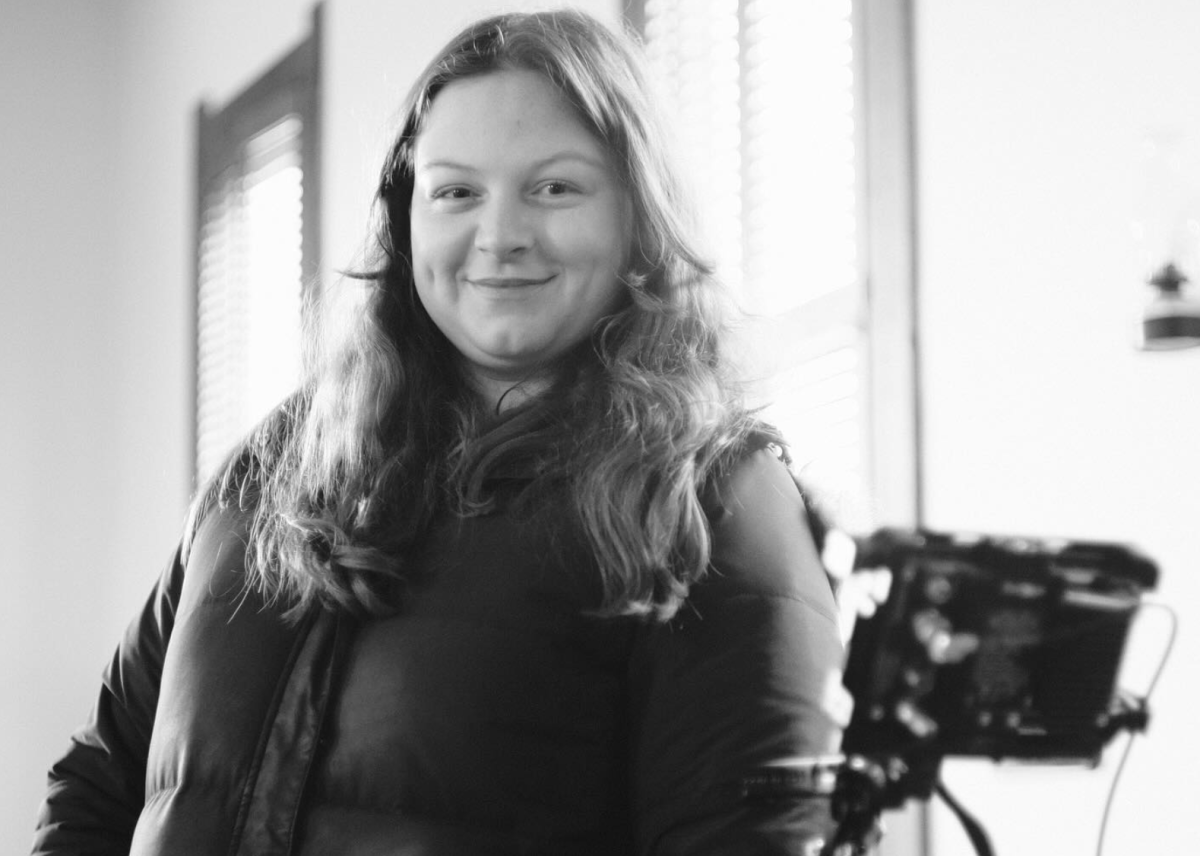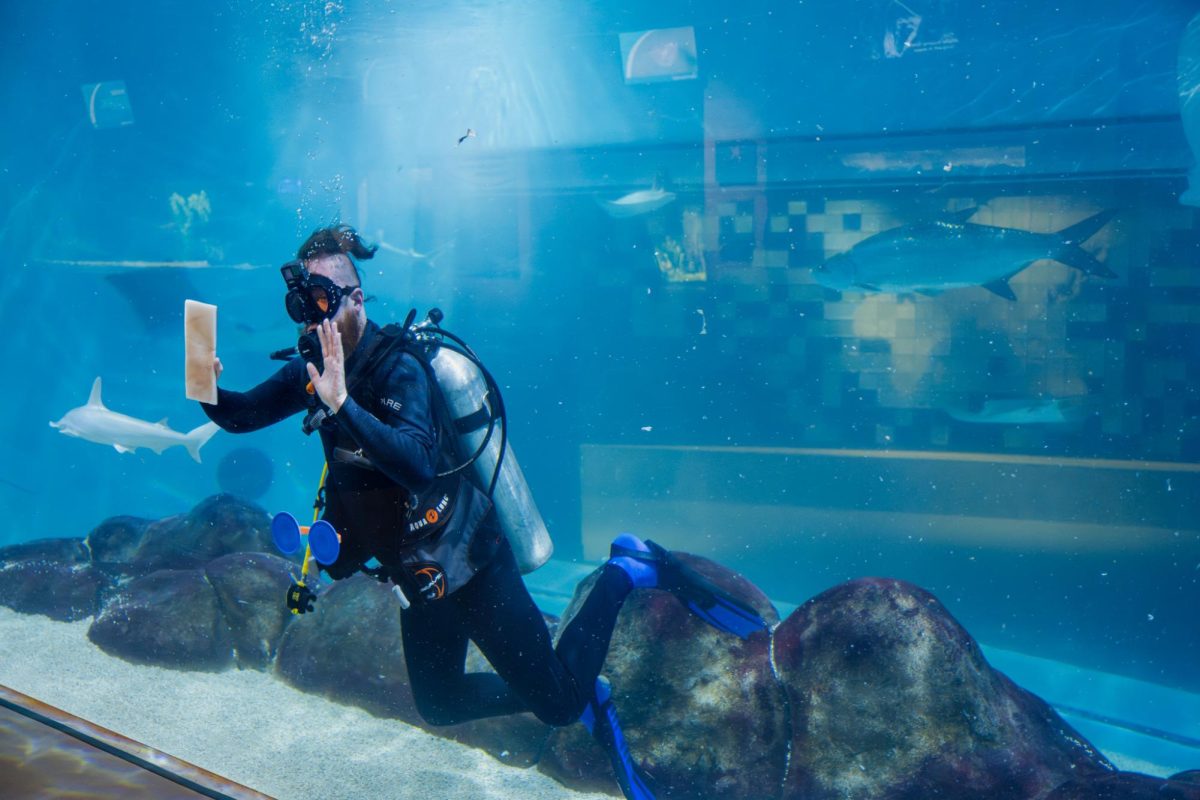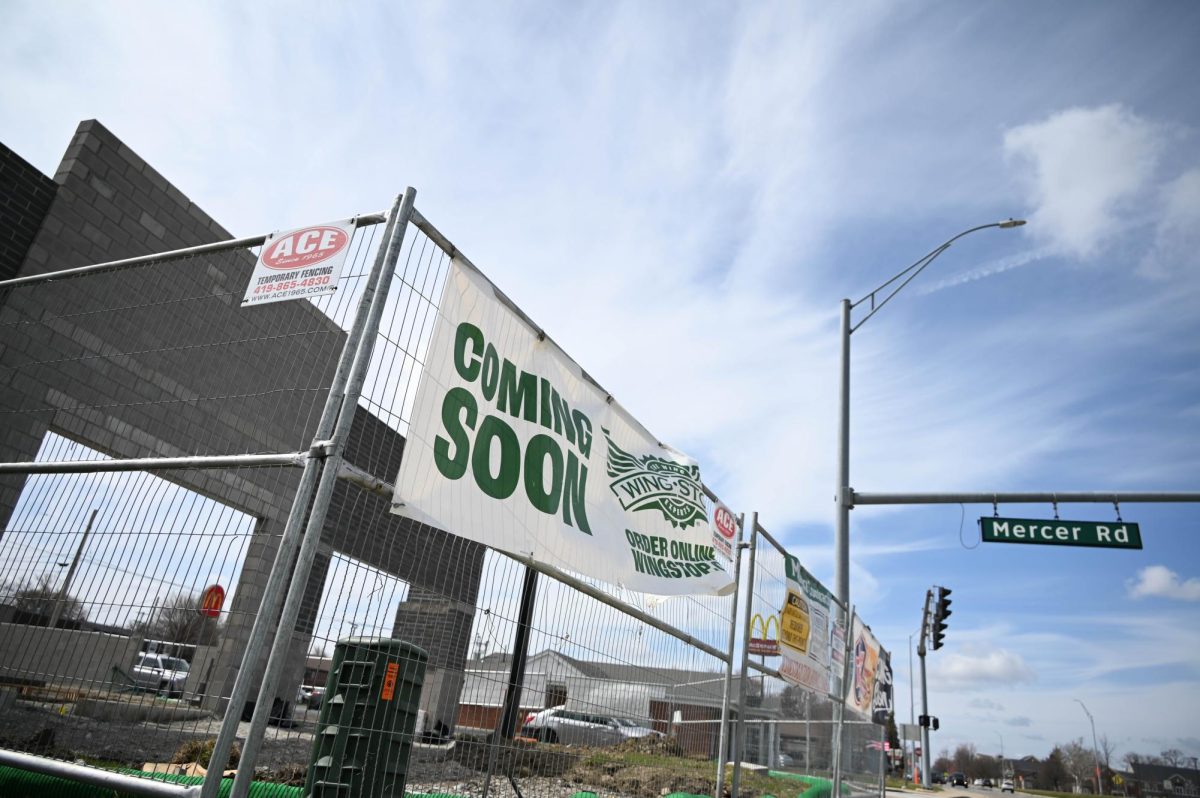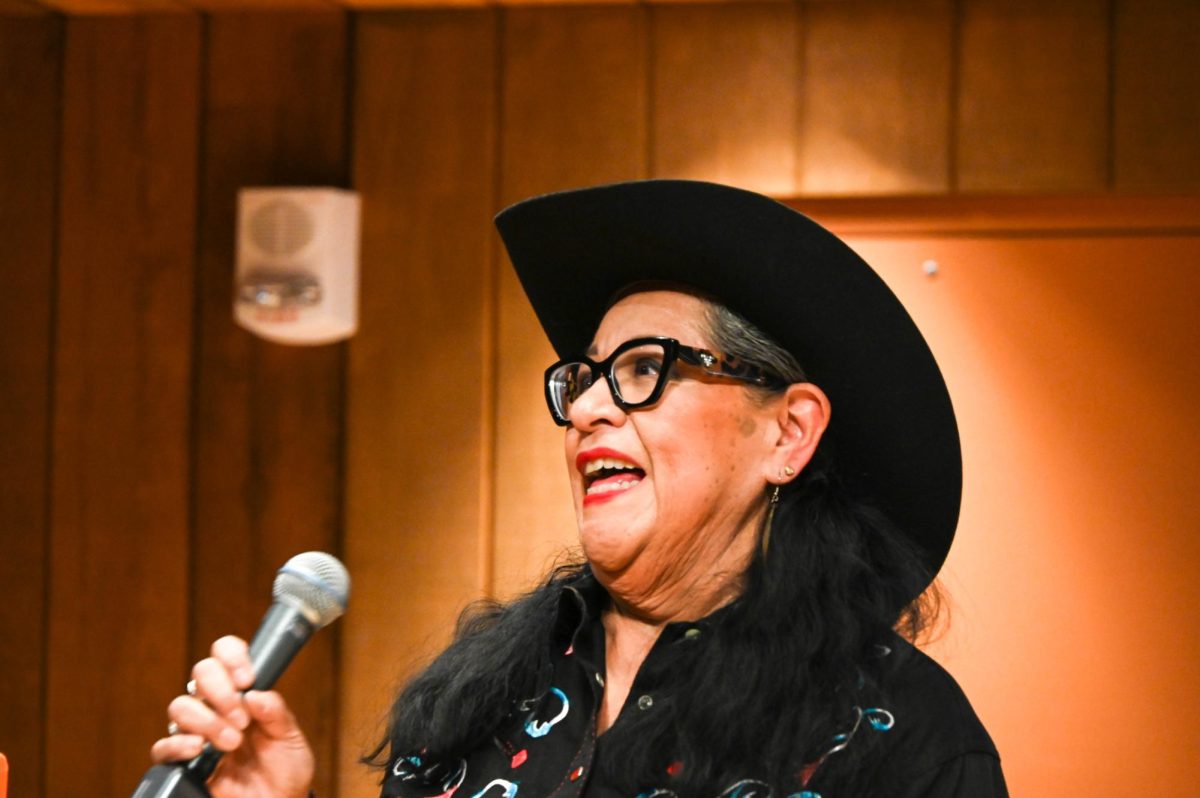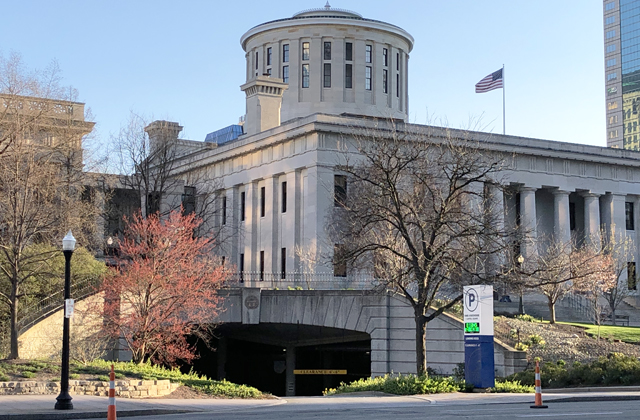Food insecurity is more than just hunger. Ramen noodles, boxed mac-n-cheese, canned spaghetti and a box of cereal is the reality of some college students’ weekly diet. A study done on BGSU campus showed that 41 percent of students admit to dealing with food insecurity, which was higher than the 36 percent nationally reported by The Washington Post.
“I think students need to be aware of what food insecurity is. Hunger and food insecurity are very different things. With hunger, that’s the physiological need for food. Where with food insecurity you might not be hungry, but you might just be eating ramen for every meal,” Emily Kollar, civic action leader for BGSU Ending Hunger, said.
Kollar works to bring the mobile food pantry from Food for Thought in multiple times throughout the semester. It visits the Jerome Library parking lot on the fourth Tuesday of the month.
She explains it isn’t just about not having enough food, but about not having healthy food. In meeting with fellow students, she sees the problem is more than just money for food, though.
“It can also be transportation or the ability to cook and having all the supplies. That’s something we’re trying to address with the mobile food pantry. We’re giving you the food, but do you know how to cook it? Do you have a can opener?” Kollar asks.
Tiffany Smith, a master of food and nutrition student, served a bowl of warm chili made from ingredients available from the pantry.
“There are a lot of shelf stable foods that if the students don’t know what to do with them, they aren’t much use. We are showing them today how to use what we are giving them in an effective way,” she said.
Smith went on to explain eating healthy doesn’t mean relying on the fresh and organic produce that eats up so much of a grocery budget. There are alternatives to those options.
“Canned and frozen fruits and vegetables are great options,” she said.
Liz Dickens, warehouse pantry coordinator for Food for Thought feels BGSU students tend to make healthier choices than the typical food pantry consumer. Of the 89 people who walked through the doors, over half were new to the pantry, said Dickens.
First time visitor Alexandra Jablonski, a sophomore social work major, says she didn’t know about the pantry before. She is a non-traditional student with kids at home to feed.
“I work at Taco Bell, and I see a lot of first year students try to eat three meals a day off the dollar menu,” she said.
Nicholas Eckhart, graduate student, has visited before. He feels the university does a good job of getting the information out, but more could be done.
“Maybe visit classrooms or dorms and invite students personally,” he said.
Kollar wants students to know help is available, not just here on campus. Fliers are passed out the day of the pantry and four other food pantries nearby also service students — St. Thomas Moore, Brownbag Food Project, First United Methodist Church and BG Christian.
The goal of the BGSU Ending Hunger and the mobile food pantry is to bring the food insecurity problem to an end.
Any students who have questions or need help in any way should feel free to contact Kollar at ekollar@bgsu.edu.
The mobile food pantry showed students how to use the ingredients on the pantry's shelves in an effective way.


